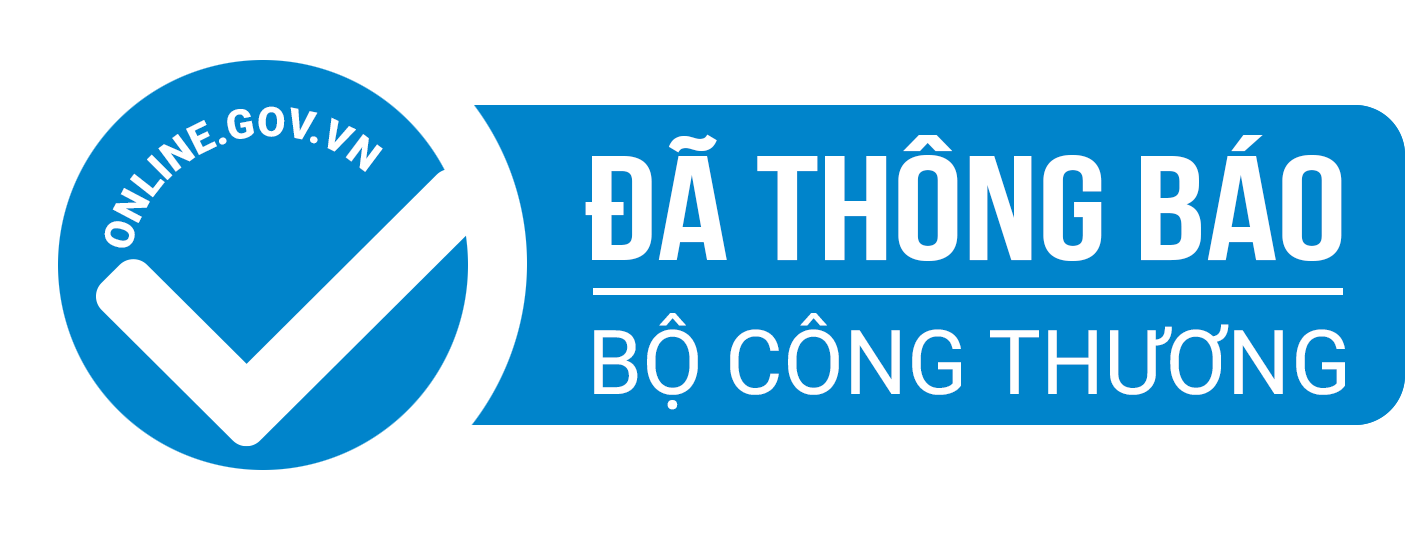Choking Infant
An infant is more likely to choke on food or small objects than an adult. The infant will rapidly become distressed, and you need to act quickly to clear any obstruction. If the infant loses consciousness, the throat muscles may relax and the airway may open enough to do rescue breathing. Be prepared to begin rescue breaths and chest compression.
SYMPTOMS
- Mild obstruction: Infant able to cough, but has difficulty crying or making any other noise.
- Severe obstruction: Unable to make any noise or breathe, with eventual loss of consciousness
WHAT TO DO
- If the infant is distressed, is unable to cry, cough or breathe, lay her face down along your thigh and support her head. Give up to five back blows between the shoulder blades, with the heel of your hand.
- Turn the infant over so that she is face up along your other leg and check her mouth. Remove any obvious obstructions with your fingertips. Do not sweep the mouth with your finger as this may push the object further down the throat.
- If back blows fail to clear the obstruction, try chest thrusts. With the infant lying face up along your leg, place two fingers on the lower part of the breastbone one finger’s breadth below the nipple line, and push inwards and downwards, towards the head.
- Perform up to five chest thrusts. The aim is to relieve the obstruction with each chest thrust rather than necessarily doing all five.
- Check the mouth. If the obstruction has not cleared, repeat steps 1–4 three times.
And If the obstruction still has not cleared, call ∗9999 for emergency help. Do not leave the infant alone. Continue chest thrusts until help arrives or the infant loses consciousness.
CAUTION
If the infant loses consciousness at any stage, open the airway and check breathing.
If the infant is not breathing, begin CPR to try to relieve the obstruction.
Information courtesy St. John’s Ambulance


